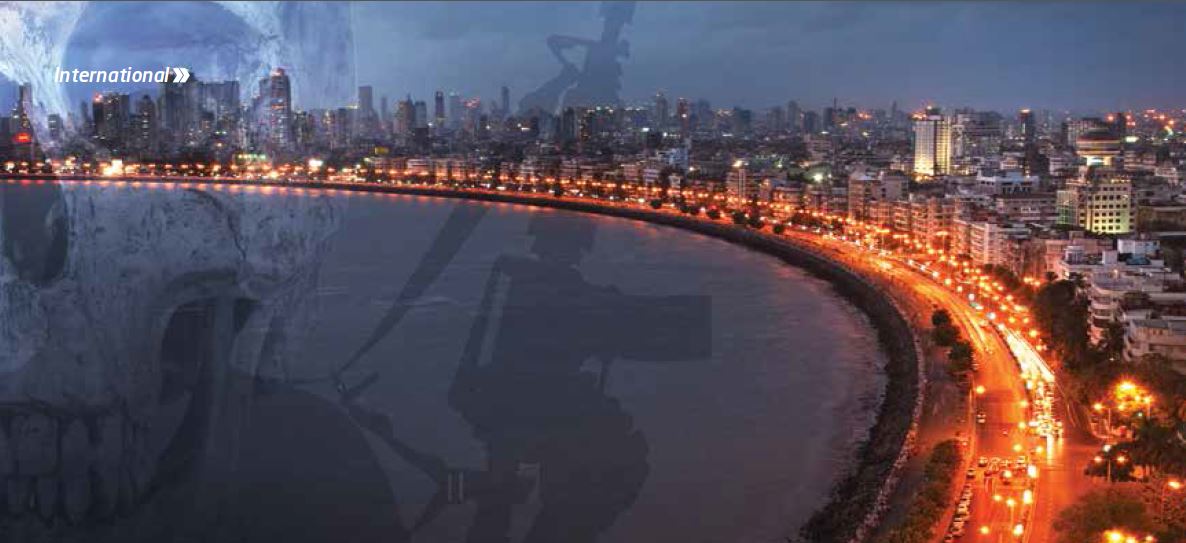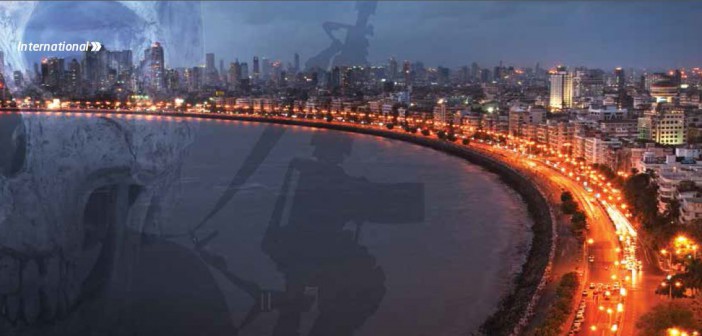
When the 10 seaborne-terrorists from Pakistan sailed across the Arabian Sea from Karachi to Mumbai on their blood-thirsty mission in November 2008, it was all too literally, smooth sailing.
The fishing craft arrived and mingled easily with the swarm of trawlers off the fishermen’s colony in downtown Mumbai. Neighbours on the Indian subcontinent, these Pakistanis raised no suspicion on their arrival on Indian shores.
Over the next 59 hours, these well-trained and heavily armed predators besieged this metropolis of 22 million, slaying 166 innocent men, women and children in cold blood and wounding 293 others. They targeted diners at the Leopold restaurant, passengers at the CST railway terminus, patients and nursing staff at the Cama & Allbless Hospital, guests at the five star Taj and Oberoi hotels, and the rabbi and his wife at the Jewish cultural and religious centre of Chabad House.
This terror onslaught transformed the way people now live in Mumbai. It was of similar magnitude and as much a game-changer as the airplane attacks against the United States on ‘9/11’ (11 September 2001) and came to be called ‘26/11’ (26 November 2008).
As these marauders had caused maximum mayhem in the two sea-facing luxury hotels, most local high-end hotels are now barricaded, with parking restricted and visitor entry under scrutiny. While earlier, citizens could saunter into public or private buildings on their errands, they are now routinely frisked, need to pass through metal detectors and are monitored by closed circuit television cameras (CCTVs) that now bristle all across the city. Some government establishments look fortified, with electronic surveillance at all places, armed sentries behind sandbags, guard dogs on patrol, barbed wire fencing along peripheral walls, cordoned off footpaths forcing pedestrians onto the roads, and permanently positioned police vans and pickets.
Indeed, if the city police now fail to make headway in any criminal case, they are inclined to blame it on the absence of CCTV at the scene of the crime – even if it is in a home – or unclear footage from those that are installed. Criminals too have changed their tactics as a result. Before going for their victims, they go for the CCTV, or disguise themselves to avoid getting traced. The city authorities have now signed a deal worth A$195 million with Indian firm Larsen & Turbo for installing 6,000 CCTV covering the entire city.
In a concerted multi-agency effort to secure Mumbai’s coastline – the metropolis is surrounded by the sea in the west, south and east – and to avert any recurrence of a terrorist attack from the seas, the Central and the Maharashtra state governments have taken several measures to strengthen coastal and maritime security. They say that due to these coordinated efforts, all measures are now in place and overall maritime security is much stronger than before… Click HERE to find out more about this article





